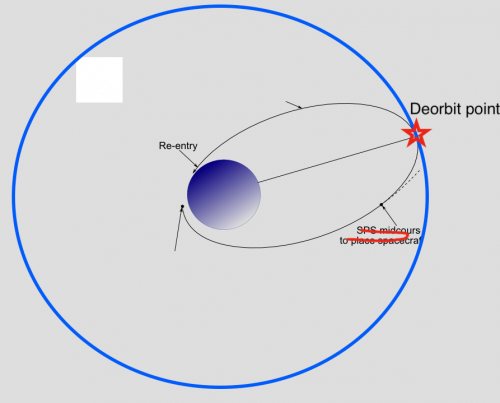antigravite
ACCESS: Top Secret
- Joined
- 25 April 2008
- Messages
- 836
- Reaction score
- 258
Hi.
For some whatever reason, a timely article was pu(bli)shed by Sputnik, a Russian media, dealing with an "old" concept of non-nuclear space-based, orbiting kinetic space-to-ground weapon, sometimes described as "Rods from God".
https://sputniknews.com/military/201811091069643510-Project-Thor-Tungsten-Poles-Outer-Space/
This article was reformated and republished (sourced) by spacewar.com or spacedaily.com (same network), gaining hightened visibility.
http://www.spacedaily.com/reports/US_Project_Thor_would_fire_tungsten_poles_at_targets_from_outer_space_999.html
Many information used in this / these article(s) seems to come from the related Wikipedia article:
https://en.wikipedia.org/wiki/Kinetic_bombardment
FWIW, "Project Thor" is an old designator:
"Project Thor is an idea for a weapons system that launches telephone pole-sized kinetic projectiles made from tungsten from Earth's orbit to damage targets on the ground. Jerry Pournelle originated the concept while working in operations research at Boeing in the 1950s before becoming a science-fiction writer.[7][8]" (Wikipedia : [7] Jonathan Shainin (10 December 2006). "Rods From God". New York Times. [8] Jerry Pournelle (6 March 2006). "Chaos Manor Mail". The View from Chaos Manor. Archived from the original on 28 August 2008.)
- - - - -
I studied this subject quite a long time ago. There are many open lit patents or patent applications describing this specific concept at large, and in minute details. However, I wonder what's behind Russian authorities masterminds, using friendly media, to bring this subject back in the public-space agenda.
Did I miss something or are Rods from God back from black (magic)?
A.
For some whatever reason, a timely article was pu(bli)shed by Sputnik, a Russian media, dealing with an "old" concept of non-nuclear space-based, orbiting kinetic space-to-ground weapon, sometimes described as "Rods from God".
https://sputniknews.com/military/201811091069643510-Project-Thor-Tungsten-Poles-Outer-Space/
This article was reformated and republished (sourced) by spacewar.com or spacedaily.com (same network), gaining hightened visibility.
http://www.spacedaily.com/reports/US_Project_Thor_would_fire_tungsten_poles_at_targets_from_outer_space_999.html
Many information used in this / these article(s) seems to come from the related Wikipedia article:
https://en.wikipedia.org/wiki/Kinetic_bombardment
FWIW, "Project Thor" is an old designator:
"Project Thor is an idea for a weapons system that launches telephone pole-sized kinetic projectiles made from tungsten from Earth's orbit to damage targets on the ground. Jerry Pournelle originated the concept while working in operations research at Boeing in the 1950s before becoming a science-fiction writer.[7][8]" (Wikipedia : [7] Jonathan Shainin (10 December 2006). "Rods From God". New York Times. [8] Jerry Pournelle (6 March 2006). "Chaos Manor Mail". The View from Chaos Manor. Archived from the original on 28 August 2008.)
- - - - -
I studied this subject quite a long time ago. There are many open lit patents or patent applications describing this specific concept at large, and in minute details. However, I wonder what's behind Russian authorities masterminds, using friendly media, to bring this subject back in the public-space agenda.
Did I miss something or are Rods from God back from black (magic)?
A.




